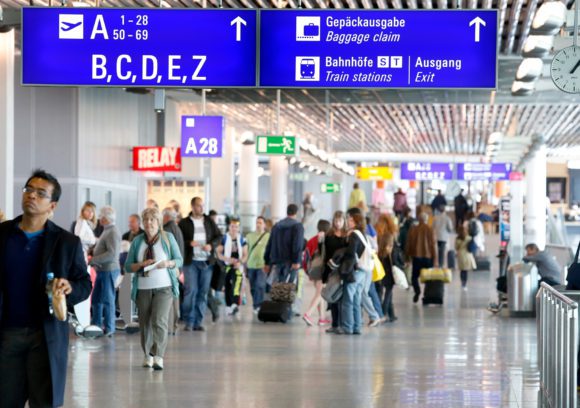
20200616 20200616 dsc4925 bearbeitet scaled
Southeast Asia’s aviation landscape is experiencing exciting yet gradual growth, with several airports witnessing impressive growth in international seat capacity.
This analysis delves into the top 10 fastest-growing airports in the region based on March 2024 data, focusing specifically on the number of international seats added compared to the previous month.
Singapore Changi Airport Retains Top Spot
Singapore Changi Airport (SIN) continues to reign supreme as the fastest-growing airport in Southeast Asia. It added a staggering 177,369 international seats in March 2024, reflecting a significant 5% increase compared to February.
This growth solidifies Singapore’s position as a key aviation hub in the region, attracting airlines and travelers alike.

Thailand’s Twin Tigers
Thailand boasts two airports in the top five. Bangkok Suvarnabhumi International Airport (BKK) experienced a 4% rise in international seats, highlighting its enduring appeal as a major travel gateway.
Additionally, Bangkok Don Mueang International Airport (DMK) emerged as a rising star with a 3% increase, suggesting a potential shift towards a more diversified airport system in the Thai capital.
Southeast Asian Trio: The Philippines, Indonesia, and Vietnam on the Rise
The Philippines joins the growth party, with Manila Ninoy Aquino International Airport (MNL) experiencing a 7% increase in international seats. This trend indicates a growing demand for air travel to and from the Philippines, potentially fueled by tourism and business opportunities.
Indonesia also makes its mark, with Jakarta Soekarno-Hatta International Airport (CGK) witnessing a 7% growth. This rise aligns with Indonesia’s robust economy and efforts to strengthen its position as a Southeast Asian travel destination.
Hanoi’s Noi Bai International Airport (HAN) in Vietnam rounds out the Southeast Asian trio with a 4% increase, highlighting the region’s overall aviation boom.

Rounding Out the List: Malaysia and Myanmar See Steady Growth
Kuala Lumpur International Airport (KUL) in Malaysia exhibited a 2% increase, pointing towards a more stable but still positive growth trajectory. Penang International Airport (PEN) in Malaysia also joins the ranks with a 6% increase in international seat capacity.
Finally, Yangon International Airport (RGN) in Myanmar stands out with the highest percentage increase of 11%. This significant growth hints at Myanmar’s potential as an emerging travel destination in Southeast Asia.
| Rankings | Airport Name | International Seats Added in March |
% Increase compared to last month
|
| 1 | Singapore Changi Airport (SIN) | 177,369 | 5% |
| 2 | Bangkok Suvarnabhumi International Airport (BKK) | 100,790 | 4% |
| 3 | Manila Ninoy Aquino International Airport (MNL) | 82,983 | 7% |
| 4 | Jakarta Soekarno-Hatta Airport (CGK) | 55,419 | 7% |
| 5 | Kuala Lumpur International Airport (KUL) | 39,676 | 2% |
| 6 | Hanoi Noi Bai International Airport (HAN) | 24,637 | 4% |
| 7 | Bangkok Don Mueang International Airport (DMK) | 15,925 | 3% |
| 8 | Denpasar-Bali (DPS) | 13,868 | 2% |
| 9 | Penang International Airport (PEN) | 12,541 | 6% |
| 10 | Yangon International Airport (RGN) | 12,397 | 11% |
Data Source: OAG
Looking Ahead: A Region Poised for Continued Expansion
Southeast Asia’s aviation industry is experiencing a period of exciting growth. The airports highlighted here represent a diverse mix of established hubs and up-and-coming destinations.
As the region’s economies and travel sectors continue to develop, these airports can expect to add even more capacity and solidify their positions as key players in the global aviation network.
Views: 97



